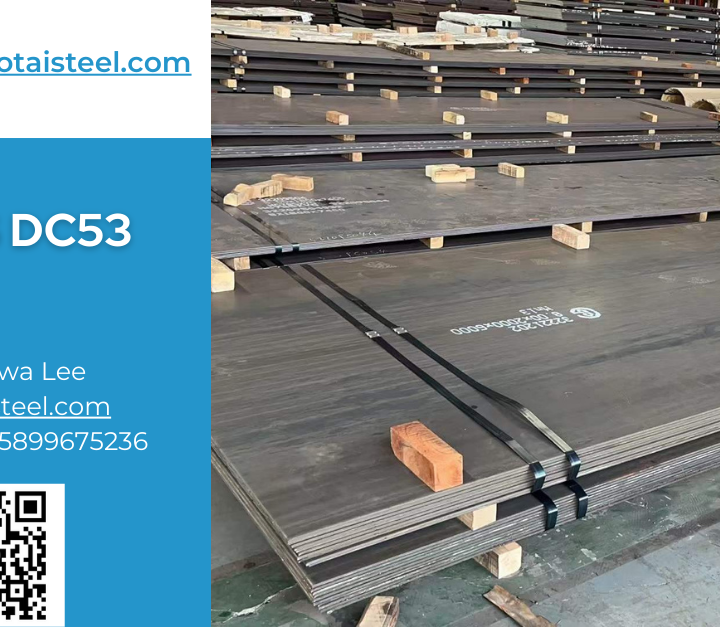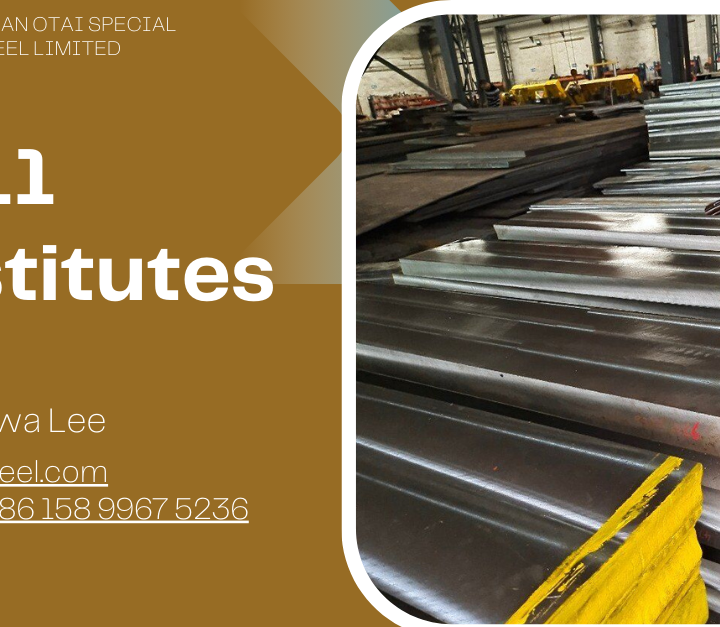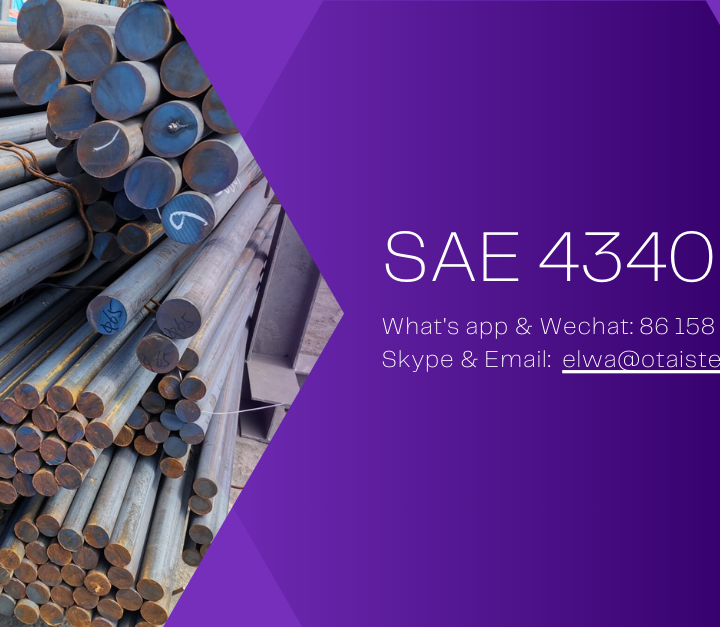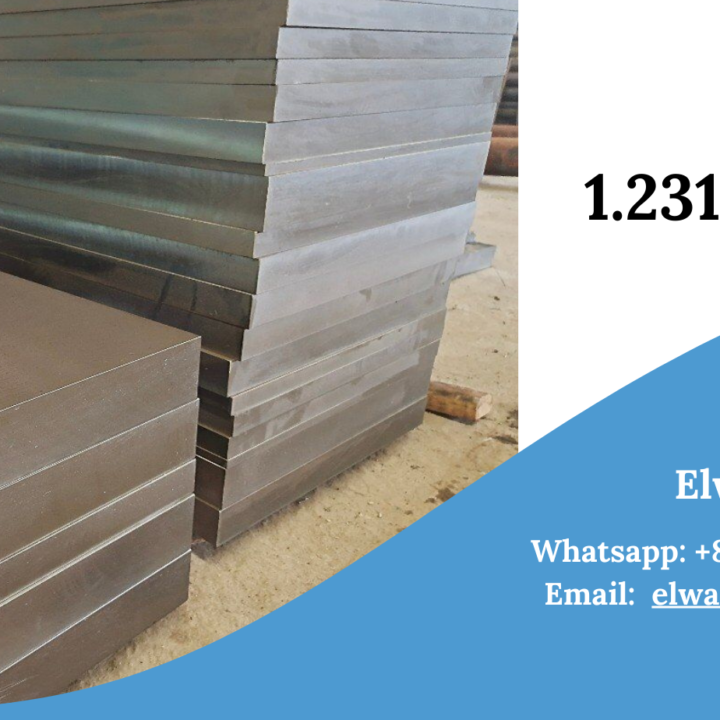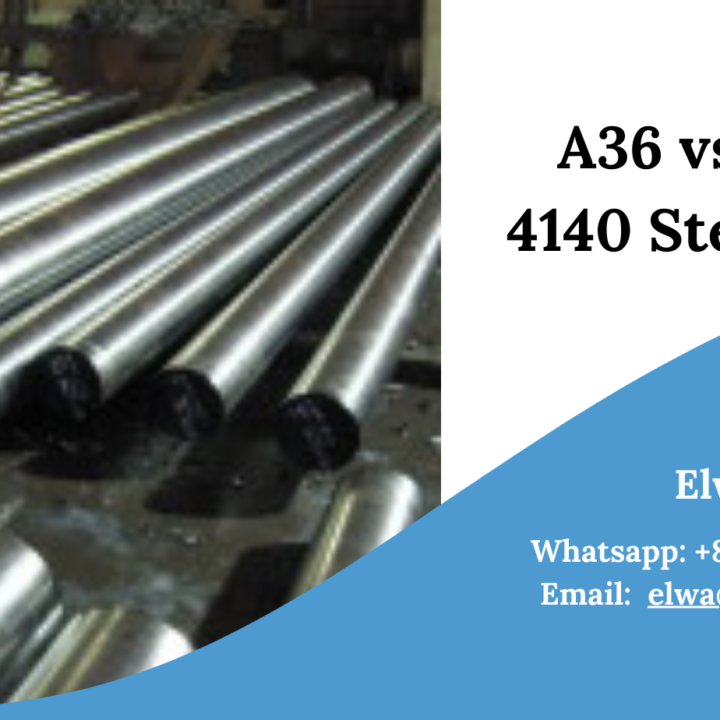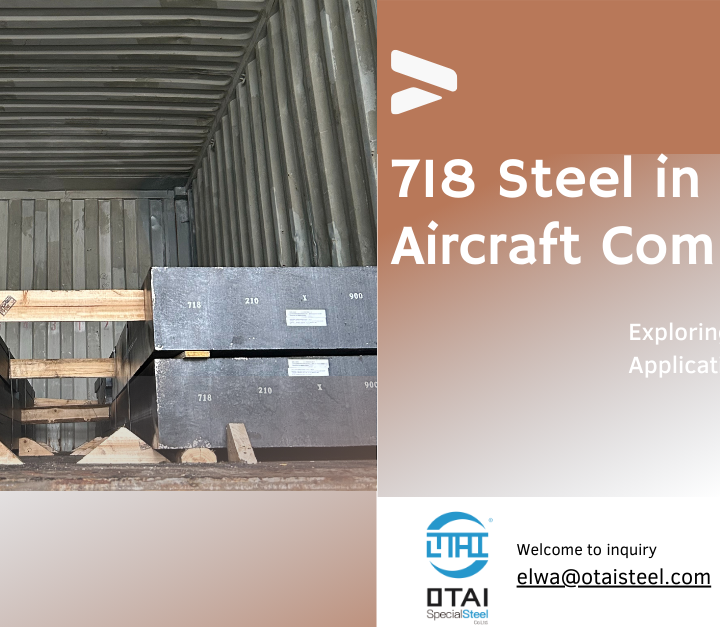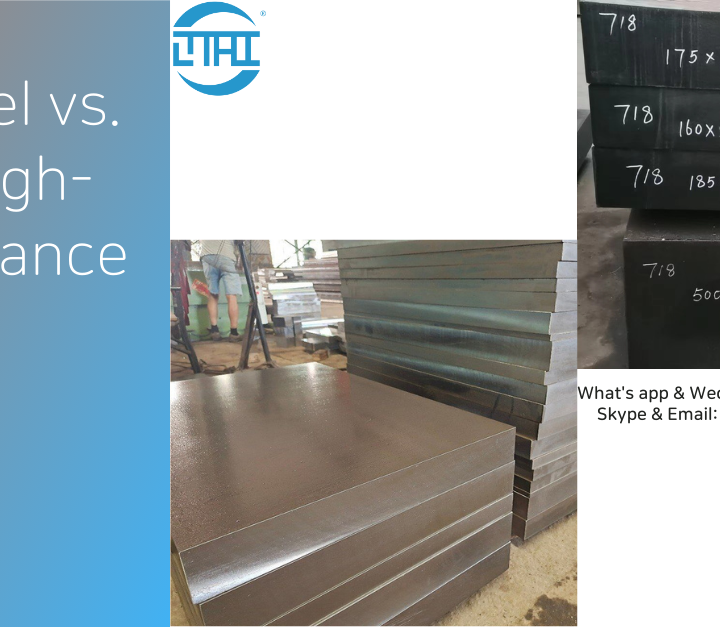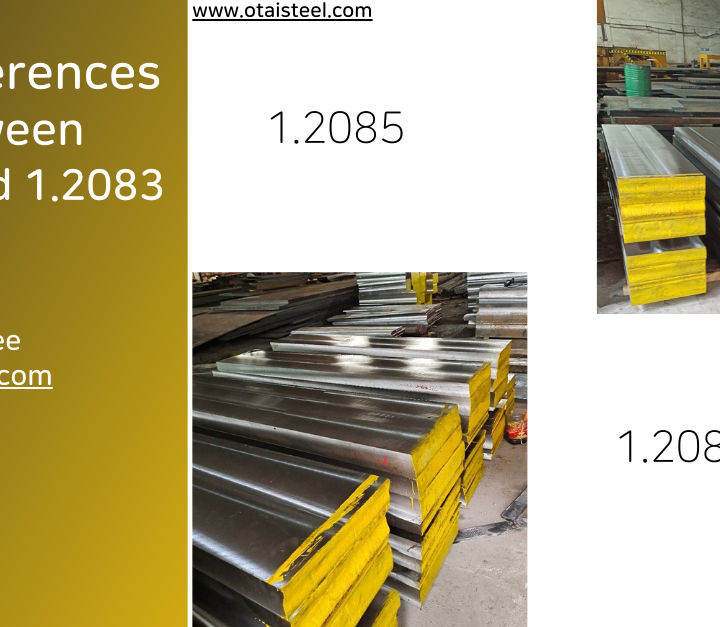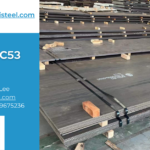The aerospace industry demands materials that can withstand extreme conditions while maintaining precision in performance. One such material that has proven its mettle in this sector is 1.2379 steel. This article delves into the application of 1.2379 steel in aerospace, highlighting its unique properties that contribute to both strength and precision.
 Introduction to 1.2379 Steel
Introduction to 1.2379 Steel
1.2379, also known as D2 steel, is a high-carbon, high-chromium tool steel renowned for its exceptional hardness and wear resistance. These properties, coupled with its versatility, have made it a material of choice in various industrial applications. In the aerospace industry, where stringent requirements for strength and precision prevail, it has found its niche.
Properties That Elevate 1.2379 Steel in Aerospace Applications
High Hardness
1.2379 steel’s high carbon content contributes to its remarkable hardness, a crucial factor in aerospace applications. Components subjected to intense forces and wear benefit from the hardness of this material, ensuring longevity and reliability.
Wear Resistance
In the aerospace industry, where components often face abrasive conditions during operation, wear resistance is paramount. 1.2379 steel’s chromium composition enhances its resistance to wear, making it an ideal candidate for parts exposed to challenging environments.
Toughness and Durability
While hardness is vital, aerospace applications also demand toughness to withstand sudden impacts or stresses. 1.2379 strikes a balance between hardness and toughness, providing durability in diverse operational scenarios.
Dimensional Stability
Precision is a non-negotiable aspect in aerospace engineering. 1.2379 steel’s dimensional stability ensures that components maintain their intended shapes and sizes under varying conditions, contributing to the overall precision of aerospace systems.
Applications of 1.2379 Steel in Aerospace Engineering
Precision Cutting Tools
The hardness of 1.2379 makes it a preferred choice for precision cutting tools used in the fabrication of aerospace components. Whether machining intricate parts or shaping materials with precision, 1.2379 excels in providing clean cuts and maintaining tool integrity.
Aerospace Tooling and Dies
The aerospace industry relies on intricate tooling and dies for the manufacturing of components. 1.2379’s versatility and durability make it a suitable material for these applications, contributing to the precision and repeatability required in aerospace manufacturing processes.
Engine Components
Aerospace engines operate under extreme conditions of temperature and pressure. 1.2379 steel, with its high temperature resistance and wear resistance, finds applications in critical engine components, ensuring both strength and precision in performance.
Structural Components
The structural integrity of aerospace vehicles is paramount. 1.2379 steel, with its combination of hardness and toughness, is employed in the fabrication of structural components, contributing to the overall strength and stability of the aerospace structure.
Advancements and Innovations in 1.2379 Steel for Aerospace
In response to the evolving needs of the aerospace industry, ongoing research and development efforts focus on enhancing the properties of 1.2379 steel. Innovations aim to further improve hardness, wear resistance, and overall performance, ensuring that this material continues to meet the exacting standards of the aerospace sector.
Conclusion: Elevating Aerospace Engineering with 1.2379 Steel
As we navigate the frontiers of aerospace engineering, the role of materials like 1.2379 steel cannot be overstated. Its contribution to strength and precision in aerospace applications makes it a cornerstone in the pursuit of technological advancements. From precision cutting tools to critical engine components, the versatility and reliability of 1.2379 steel continue to shape the aerospace industry, propelling us toward new heights of innovation and excellence.
FAQs
1. How does the hardness of 1.2379 steel benefit aerospace applications?
The high hardness of 1.2379 steel ensures longevity and reliability in components subjected to intense forces and wear in aerospace applications.
2. What role does wear resistance play in aerospace engineering?
Wear resistance is crucial in aerospace applications where components face abrasive conditions. 1.2379 steel’s chromium composition enhances its resistance to wear.
3. Why is dimensional stability important in aerospace engineering?
Dimensional stability ensures that aerospace components maintain their intended shapes and sizes under varying conditions, contributing to overall precision.
4. In which aerospace applications is it commonly used?
It finds applications in precision cutting tools, aerospace tooling and dies, engine components, and structural components, contributing to both strength and precision.
5. How is research and development contributing to the advancements of this material for aerospace?
Ongoing efforts focus on enhancing hardness, wear resistance, and overall performance to meet the evolving standards of the aerospace sector and drive technological advancements.
